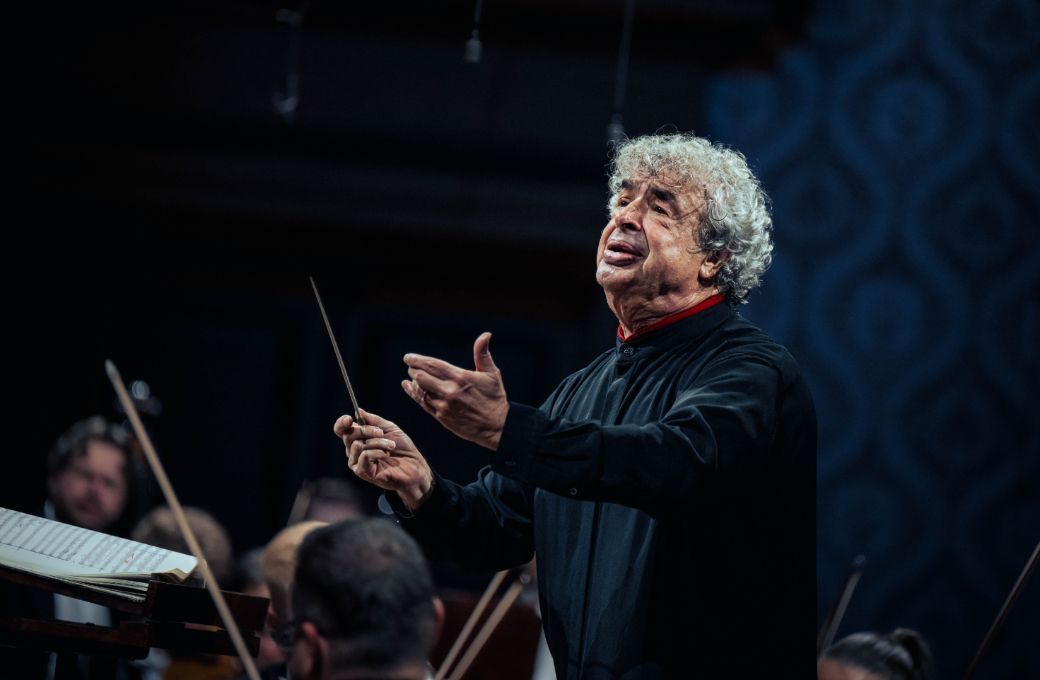The Czech Philharmonic was on top form for its second concert of the season, serving up a challenging program played at the highest level. Soloist Mao Fujita provided the fireworks in a brilliant rendition of Richard Strauss’s Burleske in D minor, and Shostakovich’s Eighth Symphony showcased both conductor Semyon Bychkov and the orchestra at their best.

Fujita, 26, offers an intriguing combination of innocence and experience. He plays with the maturity of someone twice his age, yet looks like a teenager, with a style to match. That rare combination served him well in the Burleske, a piece that languished for years because it was thought to be unplayable. Fujita showed how it’s done with his dexterous handling of the frenetic runs that pile up like a car crash late in the piece, blazing through them with assuredness and uncommon precision. His technical virtuosity was matched by a graceful touch that kept the outrageously dense, complex cascades of sound from ever becoming harsh.
Equally impressive was his feel for the piece, which constantly changes character. Fujita played the dramatic passages with intensity and authority, and reveled in the lighter melodies, giving them an impish quality heightened by his animated body language. He can change moods in a moment, hands prancing up and down the keyboard to create a light atmosphere, then suddenly hammering with serious urgency. His command of the material was such that Bychkov gave him the lead most of the time, providing a steady tempo and robust accompaniment from the orchestra, and cueing generous pauses that gave Fujita ample space for thoughtful solos. On both sides, it was a highly skilled and engaging performance.
After intermission, Bychov rolled out a version of the Shostakovich symphony that was gripping from the opening notes and never let up. The lengthy first movement highlighted one of his strengths, maintaining a careful balance between the parallel threads that run through much of the piece – soothing strings invoking beauty and calm, while another section creates an undertone of dread, with an occasional high-pitched siren or scream in the mix. It’s an unnerving blend that Bychkov sustained to great effect. That movement also features overwhelming sounds of war, which he imbued with such a powerful visual quality that if jackbooted thugs had suddenly kicked open the hall doors and marched in, it would have been no surprise.
Successive movements brought quieter moments that were no less striking, featuring glimmering strings, nimble woodwinds, poignant solos and gauzy, dreamlike textures. The respites never lasted long, as pounding percussion and driving rhythms swept them aside in dramatic fashion. Throughout, the clarity was remarkable, every detail crisp and clear amid the tumult. Bychkov’s superb control extended all the way through to the final notes, with deft handling of the fadeout that ends in a whisper from the timpani.
When it comes to tests of endurance, Mahler is the usual choice in Prague. But this symphony is in some ways even more formidable, and both the conductor and orchestra rose to the occasion, giving a performance that could serve as a masterclass on how to play Shostakovich. Taken together with the opener, it was an evening of high-caliber musicianship, expertly crafted and played with powerful expression. Art and anguish never fit together so well.


